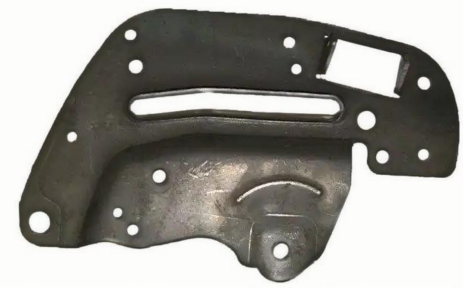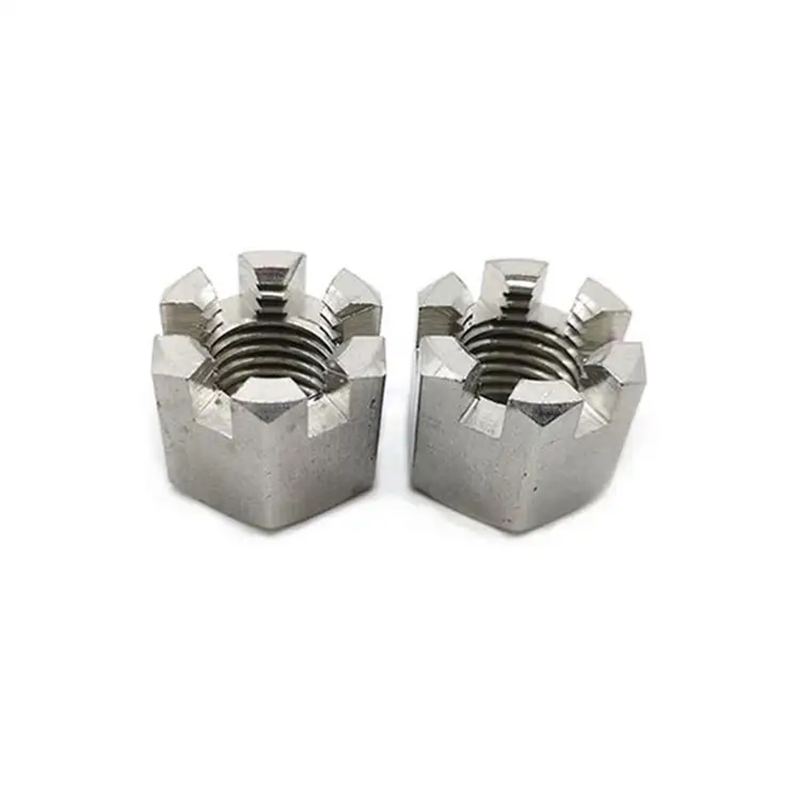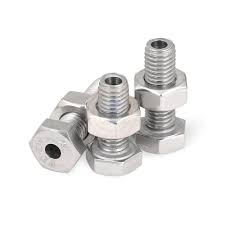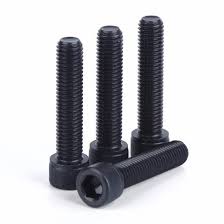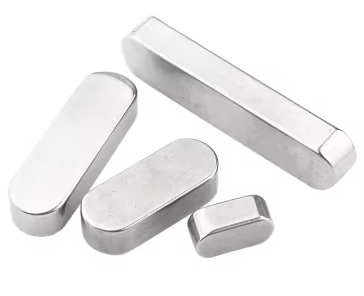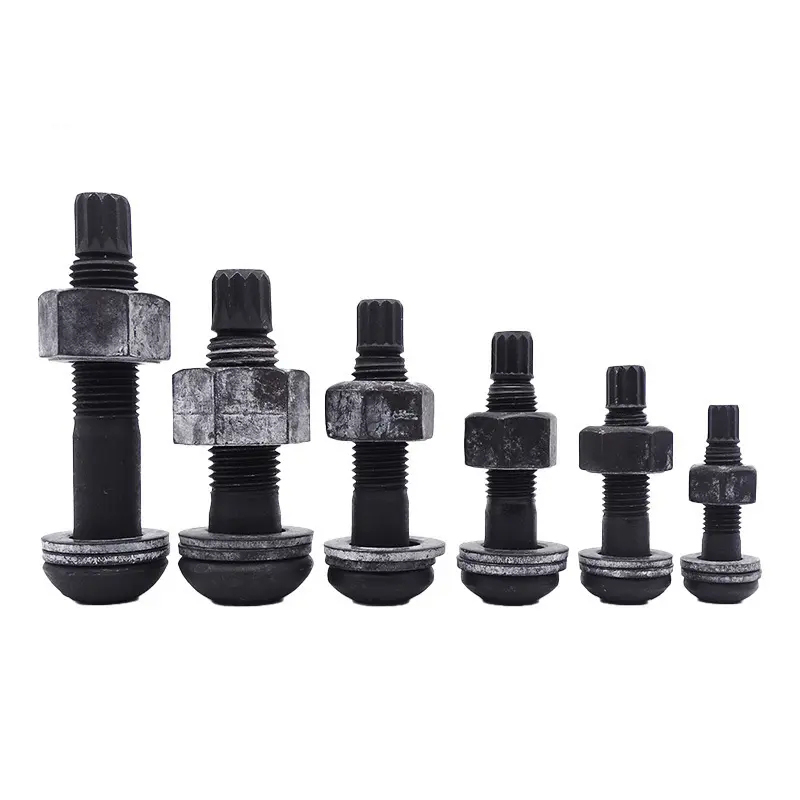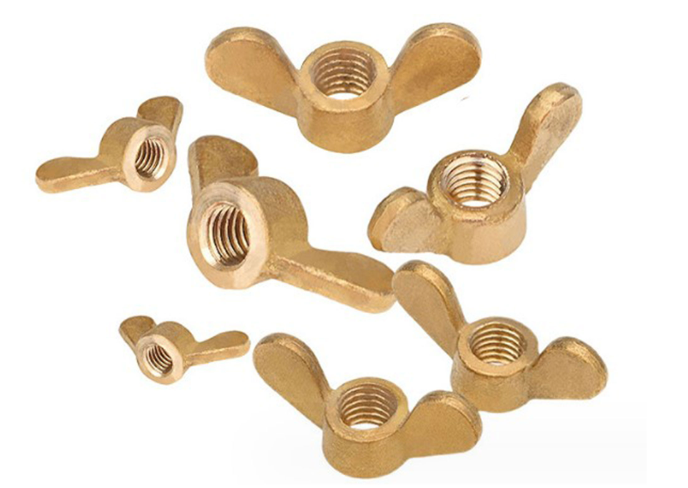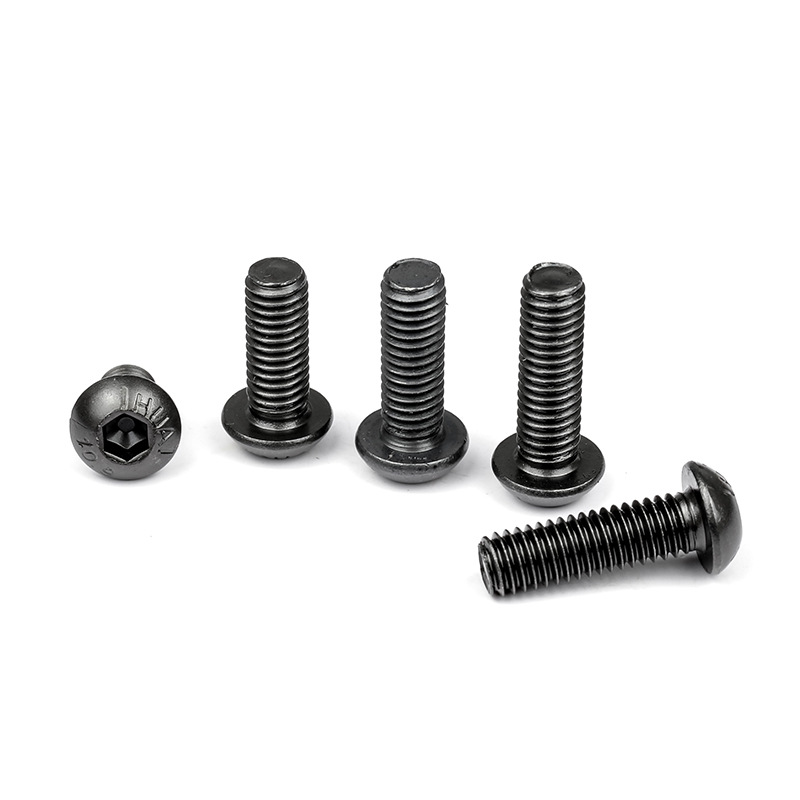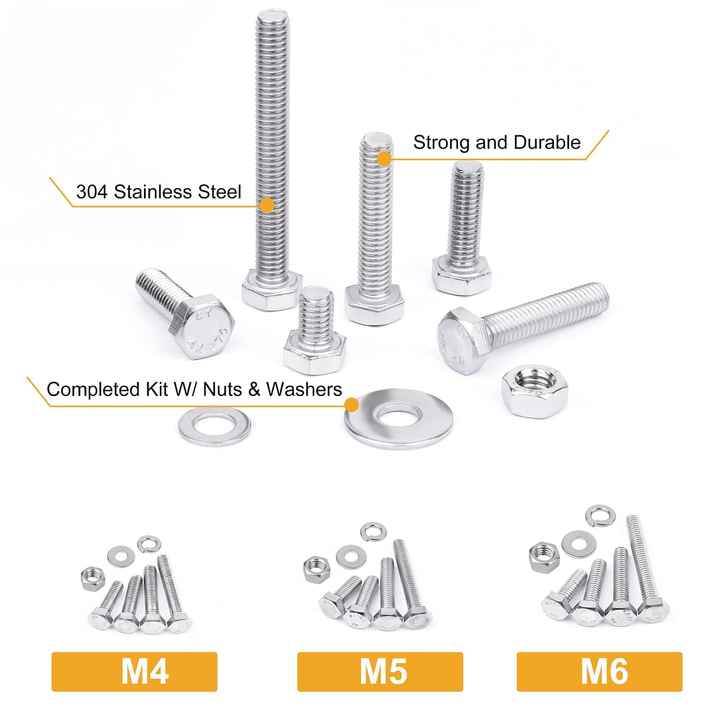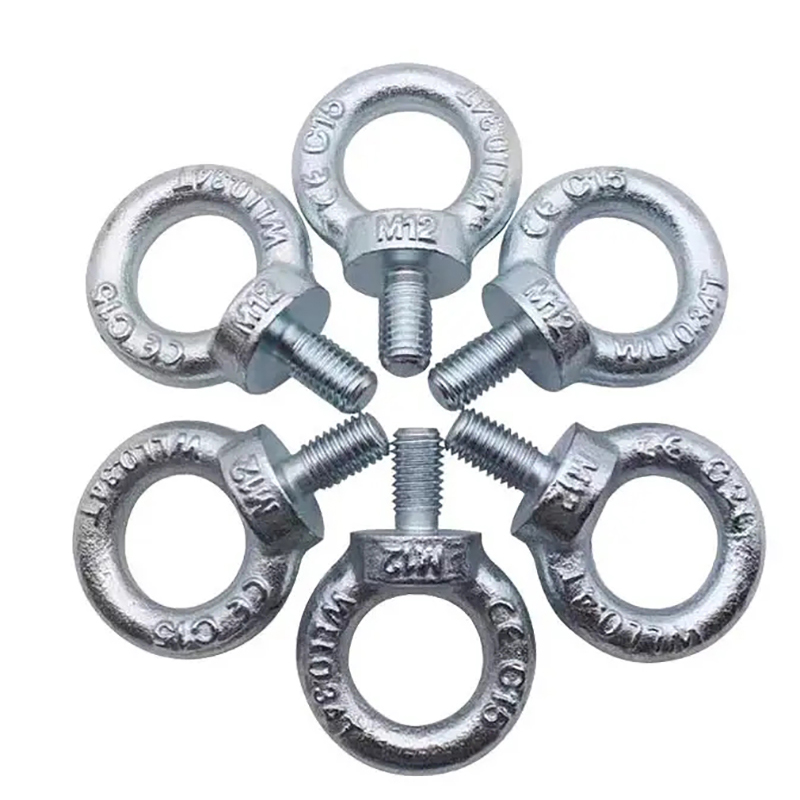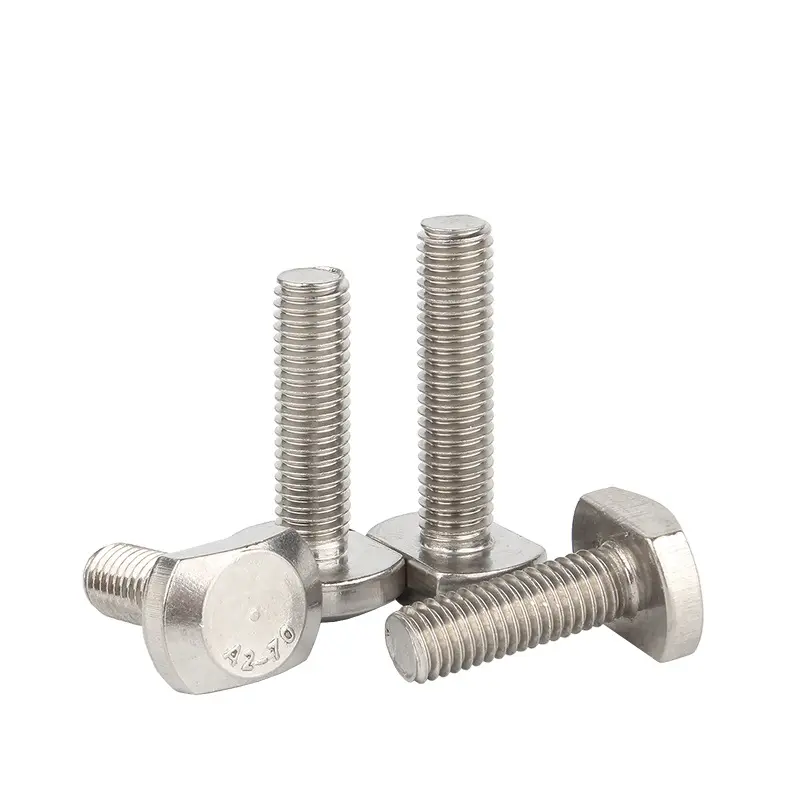

This comprehensive guide helps you navigate the world of stainless bolts exporters, providing insights into selecting the right supplier, understanding product specifications, and ensuring successful international trade. Learn about various stainless steel grades, common bolt types, quality certifications, and crucial considerations for export compliance.
Choosing the right stainless steel grade is critical for the performance and longevity of your stainless bolts. Common grades include 304 (austenitic), 316 (austenitic with higher corrosion resistance), and 410 (martensitic, magnetic). The selection depends heavily on the intended application and environmental conditions. For marine applications, for example, 316 stainless steel offers superior resistance to saltwater corrosion. Hebei Dewell Metal Products Co., LTD offers a wide selection of grades to meet diverse needs.
Various bolt types exist, each suited to specific applications. Hex bolts are the most common, offering versatility and ease of use. Machine screws are smaller and often used in machinery. Eye bolts feature a loop at one end, facilitating lifting and securing. Choosing the right type depends on the intended use and material being fastened.
| Bolt Type | Application | Material |
|---|---|---|
| Hex Bolt | General fastening | Various stainless steel grades |
| Machine Screw | Machinery, appliances | 304, 316 stainless steel |
| Eye Bolt | Lifting, securing | 304, 316 stainless steel |
Look for stainless bolts exporters with relevant certifications, such as ISO 9001 (quality management) and industry-specific standards. These certifications indicate a commitment to quality control and adherence to international best practices. Verify these certifications through the issuing organizations' websites. Checking for certifications adds a layer of assurance to your sourcing process.
Thorough due diligence is crucial. Research potential suppliers, check their online reviews, and request samples to assess quality. Confirm their manufacturing capabilities and their experience in exporting stainless bolts. Clear communication and a well-defined contract are essential for a successful partnership. A robust vetting process mitigates risks associated with international trade.
Understand the export regulations and documentation required for shipping stainless bolts internationally. This includes proper labeling, customs declarations, and adherence to import regulations in your destination country. Working with a freight forwarder experienced in international trade simplifies this process significantly. Incorrect documentation can lead to delays or even seizure of your shipment.
Be aware of any tariffs or duties applicable to your shipment of stainless bolts. These vary based on the destination country and the Harmonized System (HS) code of the product. Accurate HS code classification is vital to avoid unnecessary delays and charges. Consulting a customs broker or trade expert can be invaluable in navigating this complex landscape.
By carefully considering these factors, you can effectively source high-quality stainless bolts from a reliable exporter and ensure a successful international trade experience. Remember to always prioritize quality, compliance, and effective communication throughout the process.

